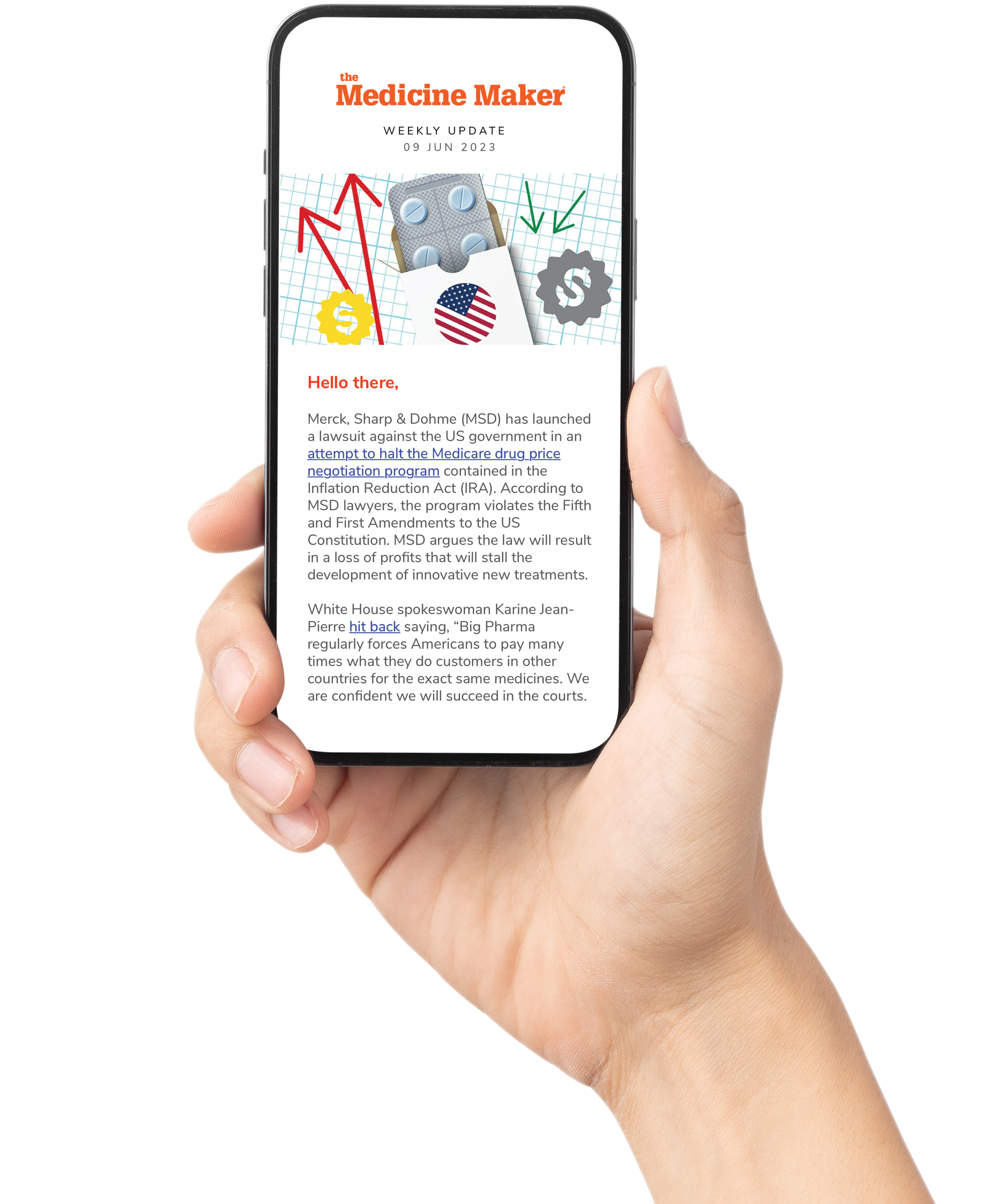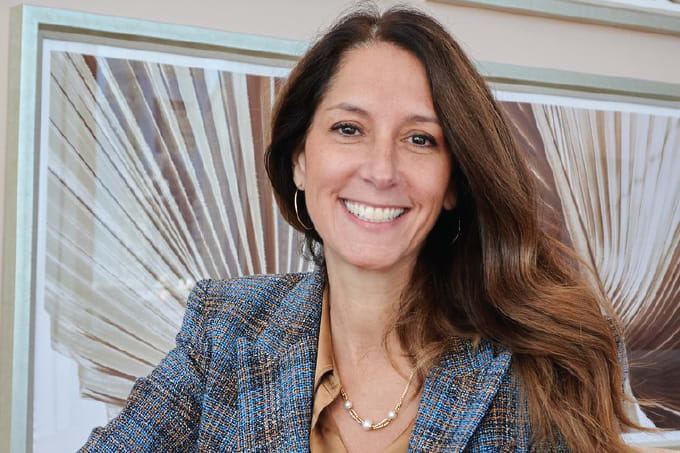“Because thawed cells must be used immediately, patient treatment schedules are at the mercy of logistics. Missed appointments or shipping delays can waste material and time.”

UK-based cell preservation solution development company Atelerix has announced a partnership with Rodon Global that will integrate its non-cryogenic cell preservation technology into international logistics operations. Unconvinced by the environmental impact of traditional cryogenic cell preservation technologies, Atelerix’s founders happened upon a potential new solution when a seaweed-derived hydrogel was accidentally left out in a lab over a weekend and a handful of cells was preserved at room temperature.
We speak with CEO Alastair Carrington to find out.
Why is there a need for non-cryopreservation in cell transportation?
Cryopreservation has been the default for decades, but it comes with fundamental limitations that are increasingly problematic as cell-based therapies scale. Freezing cells at -80°C or in liquid nitrogen halts metabolism, but can irreversibly damage membranes and alter function when cells are thawed. This means viability is often significantly reduced, sometimes by half, and functionality is compromised, which can undermine the effectiveness of advanced therapies. Beyond the biology, cryopreservation also locks organizations into a fragile and expensive cold chain. Shipments depend on liquid nitrogen, dry ice, and specialized containers, which are costly, carbon intensive, and at risk of failure if shipments are delayed or if customs inspections take longer than planned.
The short post-thaw usability window adds another layer of complexity: cells must be used almost immediately after thawing, which forces clinics to run to rigid schedules and can result in cancellations if anything goes wrong. Non-cryopreservation approaches, such as hypothermic storage, offer a way around these barriers. By maintaining cells at between four and 25°C without freezing, we can keep them viable and functional for days.
What are the major setbacks and challenges faced by well-known cryologistic solutions?
Cryologistics remains deeply entrenched because of familiarity, but the drawbacks are well recognized. The first is cell quality: ice crystal formation during freezing and thawing can rupture cell membranes, reduce recovery, and alter phenotype and function. Even when cells survive, they may not perform as expected, limiting therapeutic value.
Then there is the fragility of the cold chain itself. Every link must hold: freezers, dry ice, shippers, couriers, and customs officers. A small delay, a missed replenishment, or a temperature excursion can destroy valuable samples. This inflexibility creates risk for multi-site clinical trials, where coordination across continents is already challenging.
The operational rigidity is another challenge. Because thawed cells must be used immediately, patient treatment schedules are at the mercy of logistics. Missed appointments or shipping delays can waste material and time.
Finally, there are the financial and environmental costs. Dry ice, liquid nitrogen, and ultra-low freezers require constant investment and huge amounts of energy. Expanded polystyrene packaging adds to the waste problem, with most ending up in landfill. Cryologistics is expensive, polluting, and often inefficient – a poor fit for the future of scalable, sustainable advanced therapies.
How could a hydrogel system help address the challenges?
Hypothermic hydrogel technologies provide a biological and logistical solution wherein cells are encapsulated in an alginate-based gel derived from seaweed. This gel forms a protective matrix around the cells, both mechanically and biochemically stabilizing them. Instead of ice, the hydrogel maintains membrane integrity and prevents the damage usually caused by hypothermia or freeze-thaw stress.
In practice, this means cells can be stored and shipped at normal refrigerated or room temperatures for days at a time. Viability routinely remains above 90 percent with preserved phenotype and function – far higher than typical cryopreserved equivalents. Logistically, it simplifies everything because standard insulated packaging can be used, with regular courier services. There is no need for hazardous dry ice, liquid nitrogen, or oversized EPS shippers.
This translates to greater flexibility for trial coordinators and hospitals, as cells can be used when the clinic is ready rather than racing against a thawing clock. The sustainability profile is also much stronger, removing one of the hidden carbon drains in modern biomedical logistics.
The gels are derived from seaweed. Tell us more about the production process...
Alginate, the key material, is extracted from brown seaweeds such as kelp. Unlike many industrial feedstocks, seaweed is inherently sustainable. It grows rapidly in the ocean, requiring no fertilizers, pesticides, arable land, or freshwater. In fact, seaweed farming actively benefits the environment: it absorbs carbon dioxide, releases oxygen, and can provide habitats that support marine biodiversity.
The extraction and purification processes for alginate are well established and scalable. Importantly, alginate is naturally biocompatible and biodegradable, which means the gels can be produced and disposed of with minimal environmental impact compared to synthetic polymers. As demand for greener laboratory practices rises, seaweed-based hydrogels offer not just functional advantages for cell preservation, but also a sustainability story that aligns with global climate goals.
And where does the African pygmy hedgehog come in?
Being the geeks that we are, we decided to take inspiration for our company name from biology itself. The African four-toed pygmy hedgehog, from the genus Atelerix, has a remarkable ability. When temperatures fall below around 20°C, it can hit the pause button and hibernate. In doing so, it preserves itself in a low-energy state until conditions improve. That survival trick resonated with us, because it mirrors exactly what our technology does – allowing cells, tissues, and even viruses to pause safely at lower temperatures without the need for freezing.
So we borrowed the hedgehog’s scholarly alias, Atelerix, and with a bit of geeky delight and a nod to our spiky little muse, the company was born. We may not curl up into a ball and sleep the winter away, but we can keep samples in a state of hibernation until they’re needed.
Which other logistical challenges are you looking into for cell and gene therapy manufacturing and distribution?
Cell and gene therapy manufacturing is one of the most logistically complex sectors in healthcare. Some of the challenges we are working to address include:
Timing and scheduling: Creating buffers so vein-to-vein delivery is less dependent on immovable schedules.
Chain of custody: Ensuring sample tracking and regulatory compliance are simpler without hazardous materials declarations.
Multi-site coordination: Reducing risks of delay in global trials where samples cross time zones and borders.
Scalability: Lowering per-shipment costs to allow wider geographic access to therapies.
On-site workflows: Developing simple, rapid encapsulation and release protocols that fit seamlessly into hospital or manufacturing processes.
Sustainability: Eliminating unnecessary dry ice, freezers, and EPS waste to reduce the sector’s carbon footprint.
Our focus is not only on preserving the biology of the cells, but on enabling the entire infrastructure of CGT to be more resilient, accessible, and environmentally responsible.
Is there any scope for hydrogel’s capacity to transport cells and tissues off-planet (e.g. to the ISS)?
It’s an exciting possibility. One of the biggest challenges of space biology is the lack of cold-chain infrastructure beyond Earth. Freezers and cryogenic shipping are heavy, energy-intensive, and impractical for routine off-planet use. A hydrogel system that can preserve cells at ambient or refrigerated temperatures is therefore highly attractive for missions where weight, energy consumption, and reliability are critical.
Hydrogel encapsulation provides mechanical stability during the stresses of launch, protects cells during storage in microgravity, and simplifies handling for astronauts with limited laboratory resources. Early studies suggest that cell encapsulation maintains viability and function without needing extreme cooling, which could be invaluable on the International Space Station or future lunar/Mars missions. Of course, specialized testing would be needed to validate performance under microgravity and radiation conditions, but the principles of hypothermic preservation are well suited to these environments. In short, yes – the scope for hydrogel-based preservation to support space-based biology is very real and increasingly relevant as human activity extends beyond Earth.




